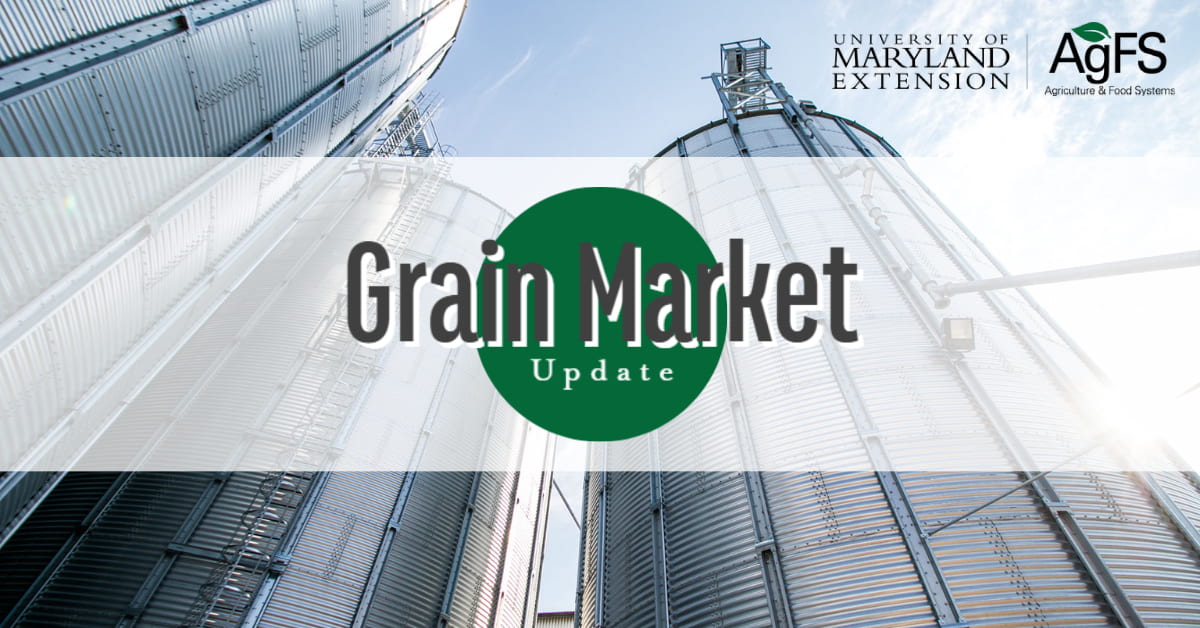It’s harvest time, and safety should be paramount. Many people think about safety on the road or moving from the field to storage, but there are many other things to consider.
It is essential to take the time to communicate with all those working proper protocols while making silage, along with safe practices around silage piles, bunkers, and silos.
Tractor rollovers are a leading cause of accidents and deaths on farms. Due to the steep nature of the piles or the sheer walls that exist on bunkers, extra precaution is needed when operating tractors while packing the silage pile. To help with the steep nature of silage piles, the recommendation is to utilize a 1 to 3 slope on the ends and sides of drive-over piles. Tractors should also be backed up piles to help prevent them from flipping over backwards on steep slopes. It is suggested that lighting or rails be placed above the walls on silage bunkers to indicate the location of the edge of the wall. Next is the lack of employees utilizing the safety belt when operating the tractor, which causes them to be thrown from the tractor, potentially being crushed in a rollover. Tractors should also be equipped with R.O.P.S. (roll-over-protective structures), which help provide a protective barrier around the person operating the equipment.
Entanglement in silage-making equipment, unfortunately, happens too often. Due to the extensive amount of moving parts, including blades, knives, belts, chains, gears, and PTO shafts, it is imperative to make sure all shields and safety guards are kept in place while operating equipment. This equipment is extremely large and can now chop twelve plus rows of corn at a time; thus, it is crucial to know where everyone is before starting the equipment and moving forward. Absolutely, do NOT let children play around this equipment.
Falls are another source of injury or death around silage piles. It can occur when climbing up the silo, falling off the side of the bunker, or the face of a pile. Make sure all guard rails are correctly installed on silo ladders and chutes are in good repair before accessing them. Workers must utilize good practices when there are slippery conditions or wet weather. Care should be taken when removing tires and tarps covering the pile, making sure not to get too close to the edge and fall off. Other types of falls have occurred when employees have slipped out of the bucket of the pay loader while trying to access the face of a pile.
Silage pile avalanches are also another source of danger. People should never stand closer than three times the height of the feeding face of the pile to help eliminate potential entrapment in a silage avalanche. To help minimize this risk, silage piles should never be constructed higher than the defacing or unloading feeding equipment can reach the top of the pile. This prevents undercutting, creating a cornice on the silage pile that can potentially collapse, entrapping people. Weak spots can occur between old crop and new crop silage if a pile is “added unto,” causing silage to release and break away. Thus, extra caution should be used in these areas of piles. When accessing the pile, always start at the top, working your way down the face of the pile. Never dig into the pile with the loader from the bottom and work up. Utilizing a tractor or equipment with an R.O.P.S. installed will also provide extra protection if an avalanche occurs and the cab is entrapped in silage.
When first accessing silos, bunkers, and piles, be aware of toxic gases that are produced during the fermentation process. Silos typically have the highest risk of these gases being concentrated, although they can occur in all types of silage fermentation. These gases include nitric oxide (NO), nitrogen dioxide (NO2), and nitrogen tetroxide (N2O4). These gases are toxic and often fatal when inhaled. Typically, the greatest concentration of these gases occurs during the fermentation process in the first three weeks after completion of filling the silo. Once a silo is opened for the first time, run the silage blower for 20-30 minutes and wear a respirator before entering the confined space. Precautions should also be taken when opening bunkers or piles for the first time, as they are also tightly sealed, and gases can concentrate under the tarps.
We also need to recognize that, in addition to gases, molds may sometimes be present. Some molds produce toxins such as aflatoxin, mycotoxin, endotoxin, etc., which can trigger asthma attacks or allergic reactions. Precautions such as dust masks or respirators are also recommended when handling moldy silage throughout the feed handling process.
As producers enter a confined space, they should be tethered to a rope or harness, which a person outside of the silo can use to pull the person out of a silo in emergencies. The “lock-out-tag-out” system should be engaged so that someone outside the silo does not accidentally turn the blower on if maintenance or repair is being performed inside the silo.
Last but not least, remember we farm where we live, so always be on the lookout for bystanders and children.
Communicating and training all workers on proper safety protocols for handling and accessing silage is essential to minimize the risk of accidents. Additional access to appropriate safety equipment, such as reflective vests, eye protection, and breathing equipment when needed, is equally important. Lead by example and do not be afraid to correct improper worker performance; if they do not follow established safety protocols, you may save a life!
Article adapted from Be Safe and Smart Around Silage (Erickson, T., 2021)












